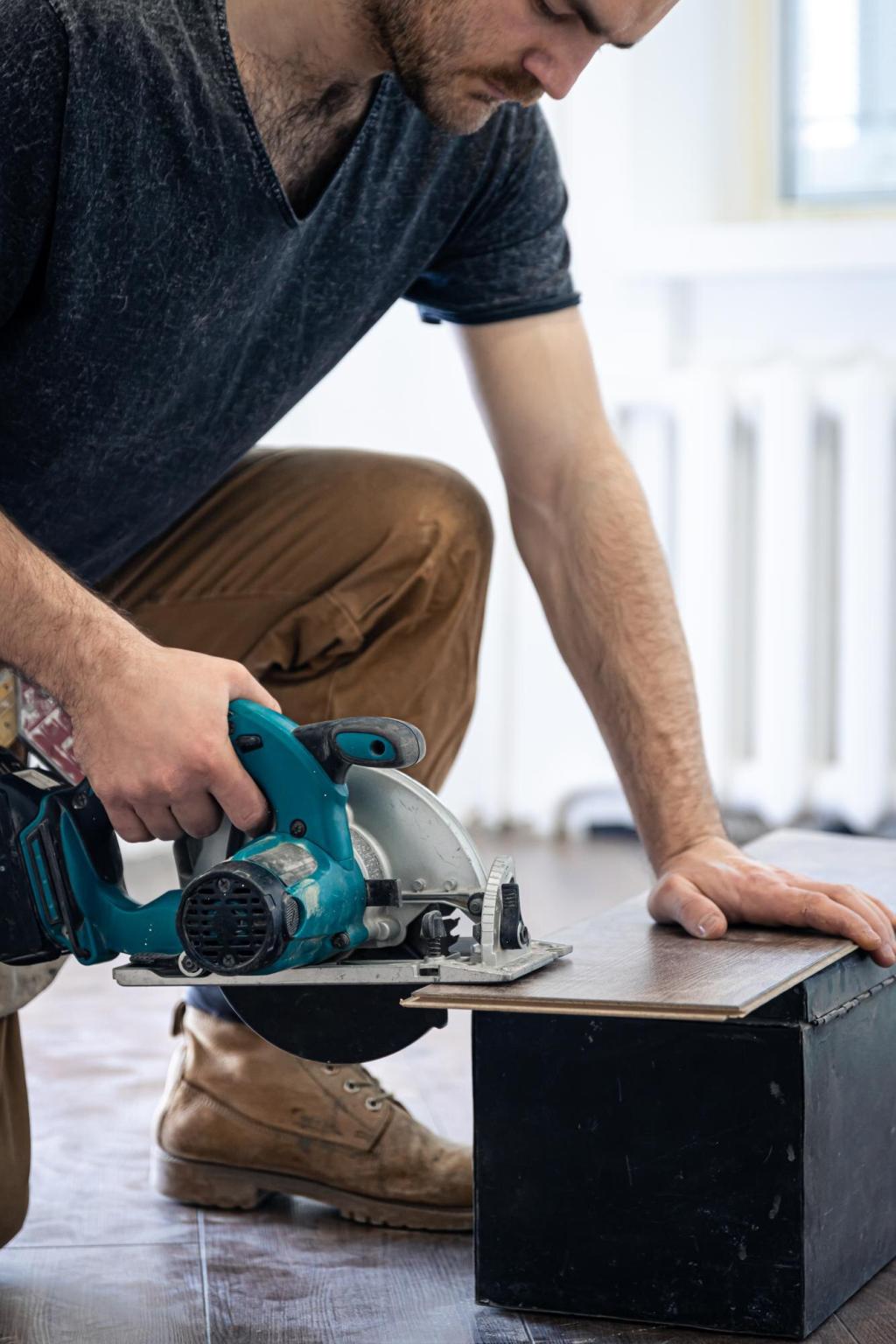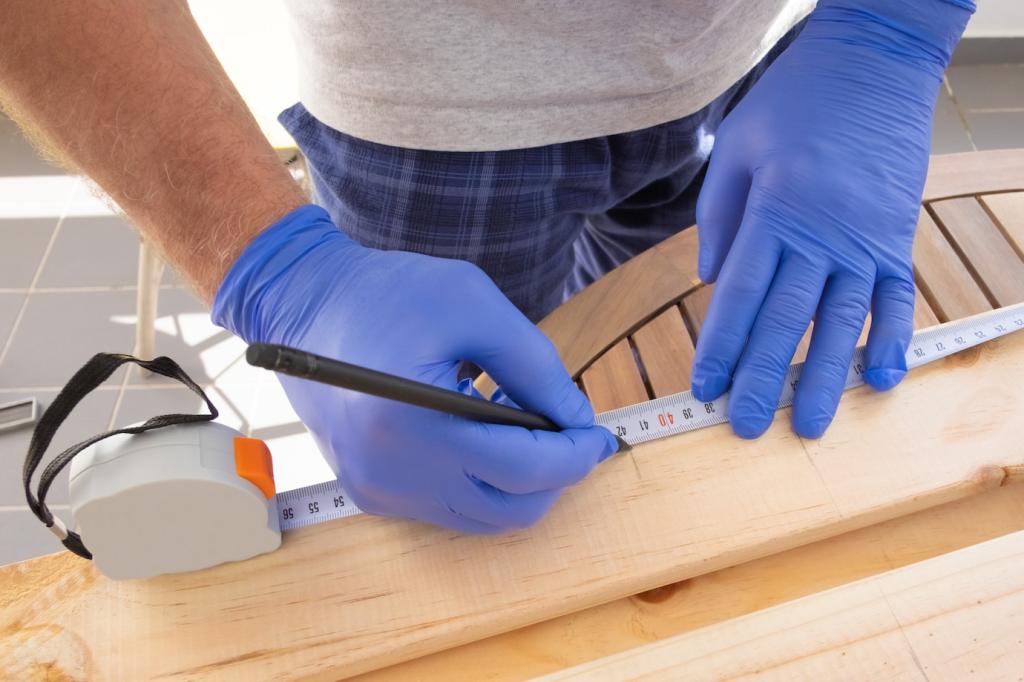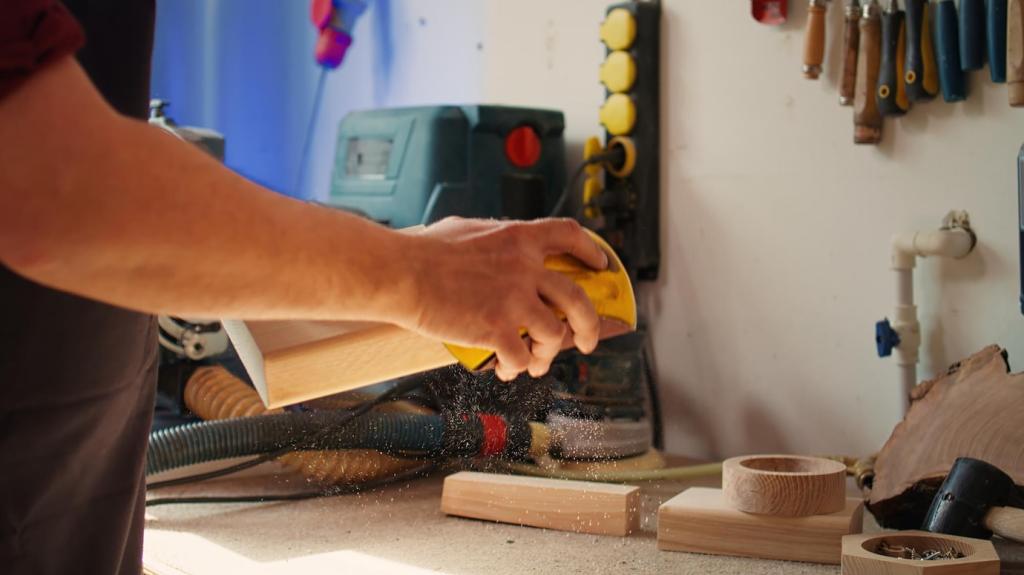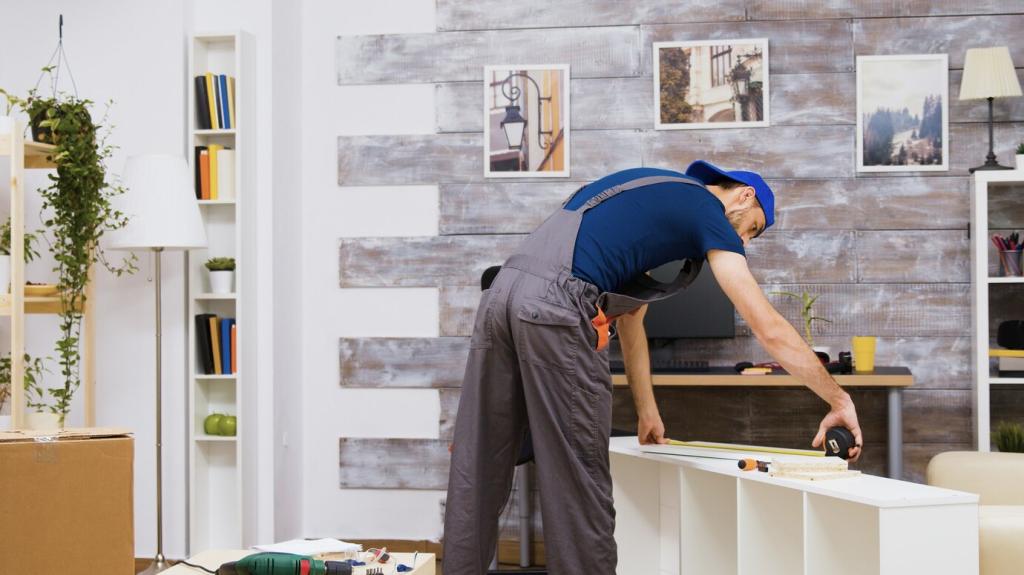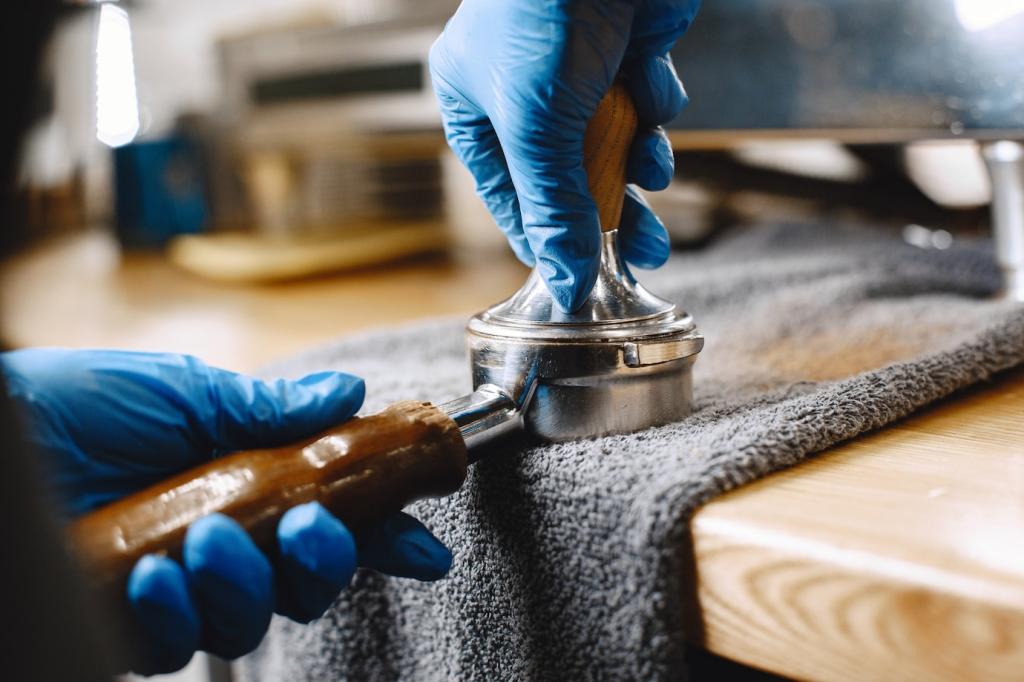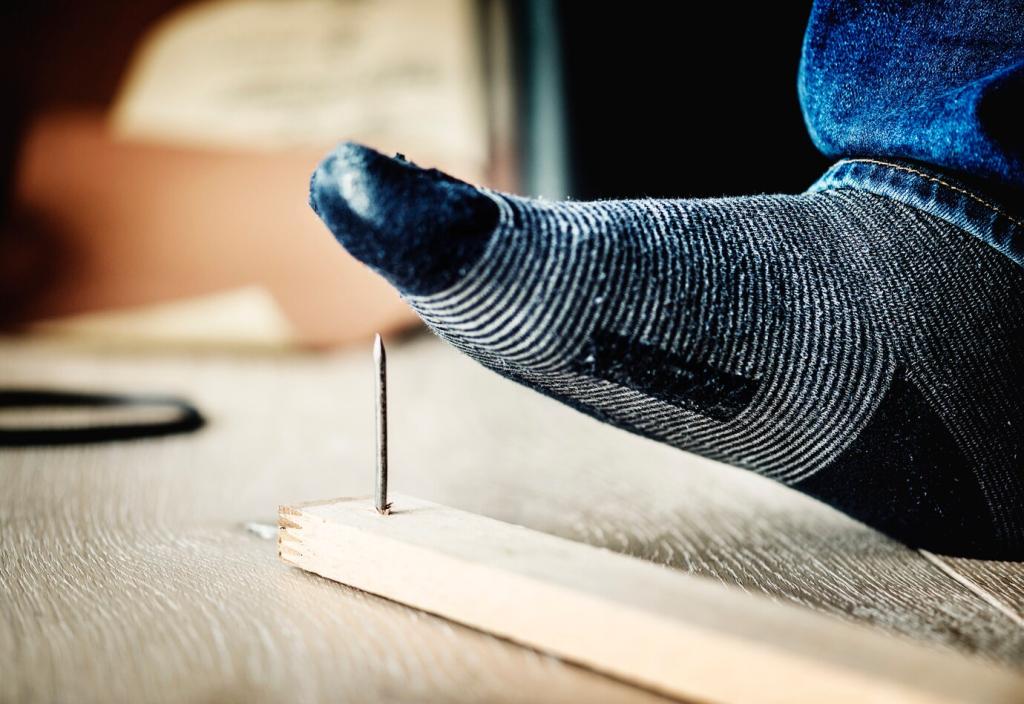Stain Rescue Without Harsh Chemicals
Blot, never rub. On fabric, use club soda or a mild soap solution and lift from the outside in. For tannin stains like tea or wine, a baking soda paste can help, followed by careful blotting and abundant fresh airflow for drying.
Stain Rescue Without Harsh Chemicals
After removing solids, blot with a plant-based enzymatic cleaner designed for upholstery. Enzymes break down odor-causing compounds without harsh fragrances. Finish by sprinkling baking soda, letting it sit, and vacuuming thoroughly. Share your toughest pet stain story in the comments.


